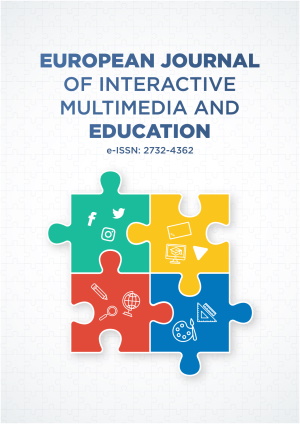Abstract
This study examines the perception of the senior high school students on blended, distance, electronic and virtual learning as a new way of delivering lessons for the following school year due to the existing threat of CoViD-19. A random sample of 342 senior high school students of different strands from STI College Global City served as the sample of this study. Data were collected through a self-administered survey questionnaire sent through a google form to comply with the existing lockdown policies of the government. The result indicates that the subjects’ perception on the effectivity of online learning and their capability to attend the e-learning sessions is independent of their life style and available e-learning tools despite the result analysis of variance showing that their perceived mathematical capability are significantly different.
License
This is an open access article distributed under the Creative Commons Attribution License which permits unrestricted use, distribution, and reproduction in any medium, provided the original work is properly cited.
Article Type: Research Article
EUR J INTERACT MULTIMED ED, Volume 1, Issue 1, January 2020, Article No: e02001
https://doi.org/10.30935/ejimed/8276
Publication date: 17 May 2020
Article Views: 25917
Article Downloads: 24146
Open Access References How to cite this article
 Full Text (PDF)
Full Text (PDF)